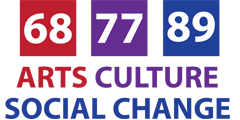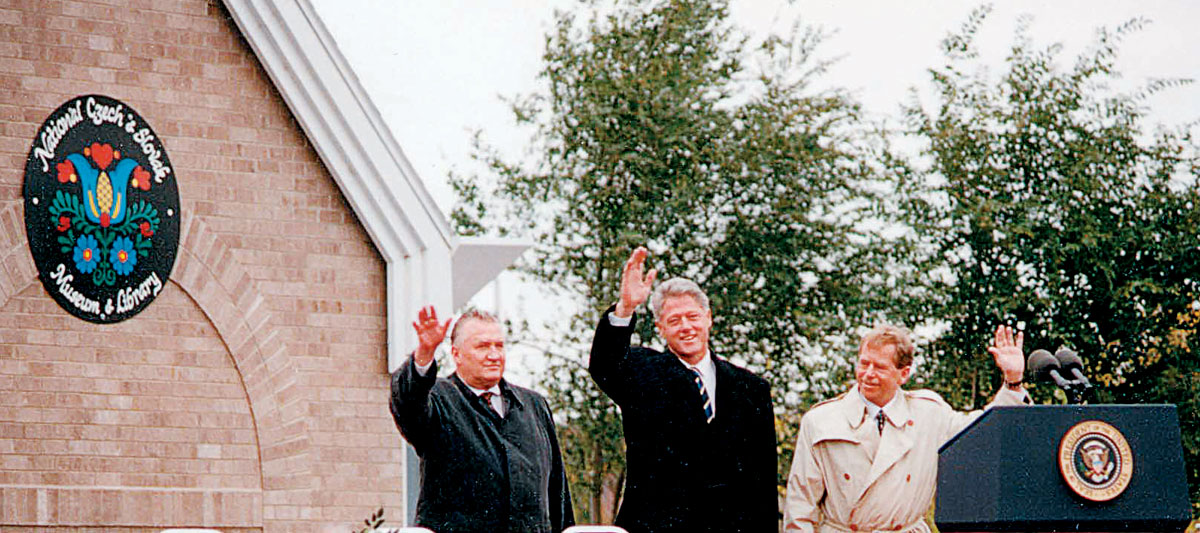Module 4: The Legacy, Post 1989
Synopsis
The Soviet-led Warsaw Pact invasion of Czechoslovakia in 1968 crushed the Prague Spring reforms and resulted in the installation of a hard-line regime that stymied development in all fields for the next two decades. In the Czech lands, potential opponents of the regime were relegated to manual labor or jailed. The purges were carried out with considerably less vehemence in Slovakia, enabling proportionately more qualified people to hold onto their jobs. The human rights activists who organized the Charter 77 petition which called on the authorities to respect their own country’s laws and international treaties in early 1977 soon found themselves being harassed, forced to emigrate or else imprisoned. The signatories came from across the political spectrum but included numerous former Communists. On November 17, 1989, the Velvet Revolution erupted in Prague and one week after that Dubcek addressed a crowd of several hundred thousand on Prague’s Wenceslas Square with outstretched arms, symbolically embracing them. By the end of the year Dubcek was speaker of the federal parliament and the dissident playwright Vaclav Havel was president.
Sources and Outcomes
In Module 4, students will examine the legacies of 1968, 1977, and 1989 on global history. The NCSML has selected primary and secondary sources that provide teachers and students with a rich collection of political, social, economic, and cultural perspectives across three designed activities.
Each activity centers around a compelling question that invites students to construct their understanding, ask additional questions about the past, and apply their thinking to the contemporary world. In order to support these outcomes, teachers will find an array of instructional strategies and processing routines you can utilize and adapt for students. Additionally, a variety of performance tasks supporting students’ deep content understanding and develops skill sets usable beyond the classroom provide authentic contexts for the demonstration of meaningful learning.

